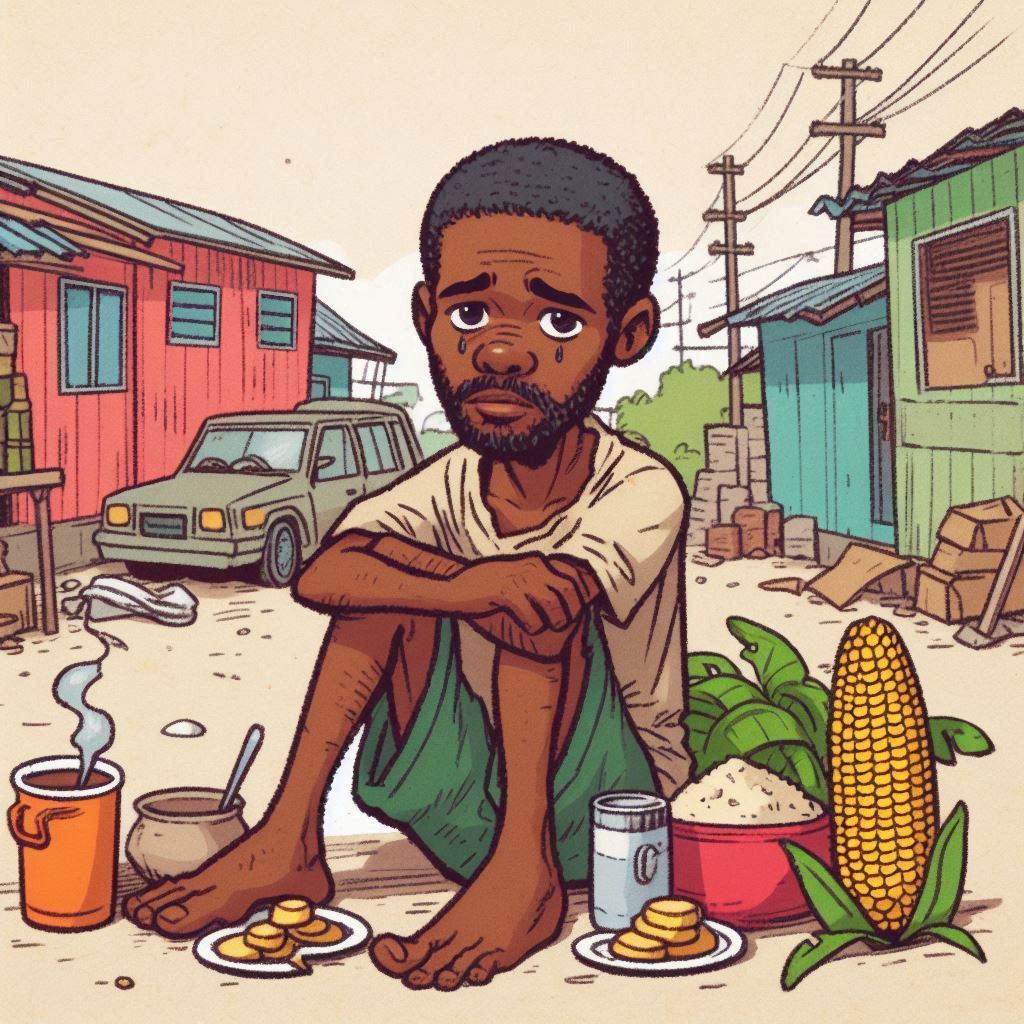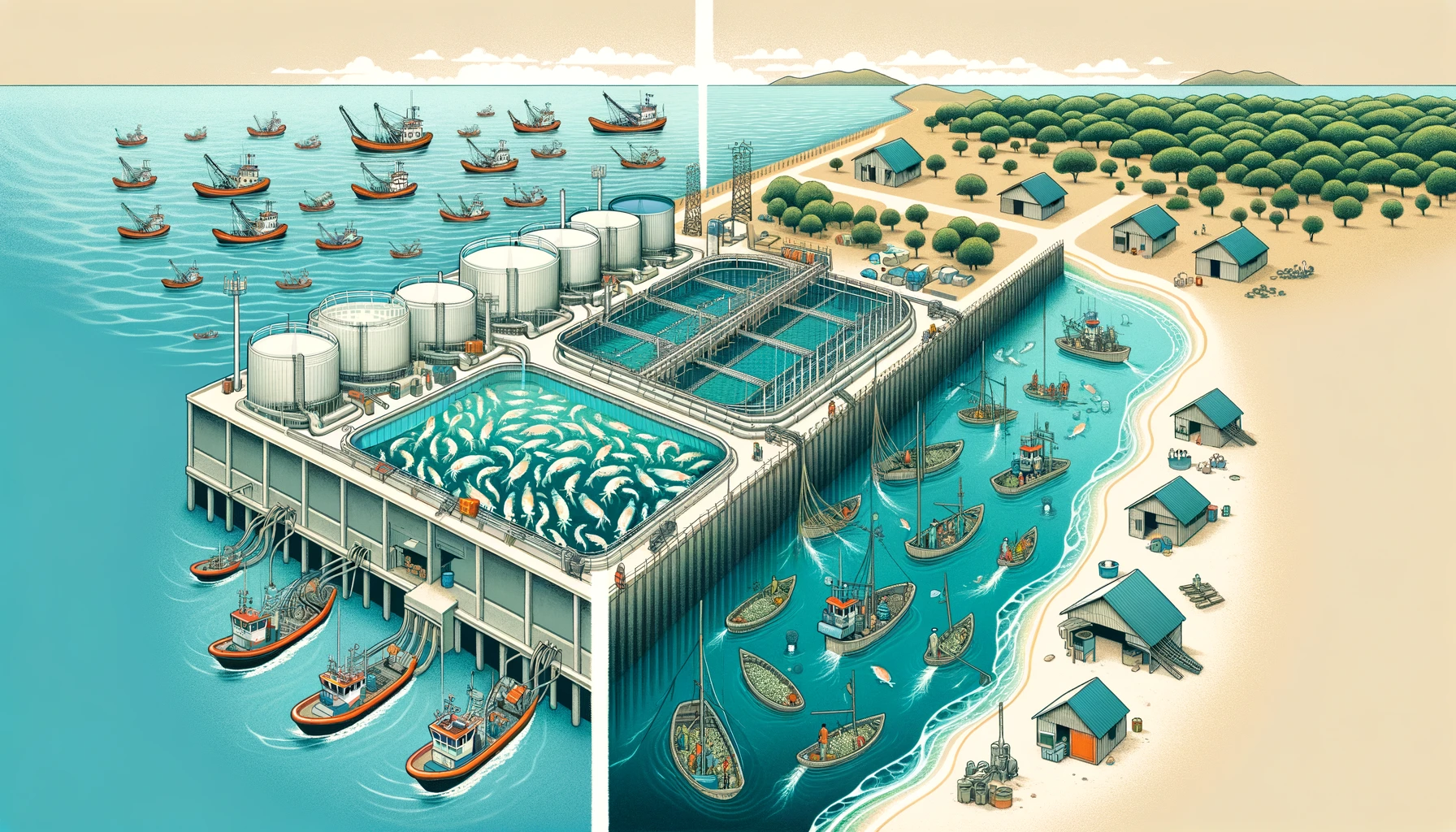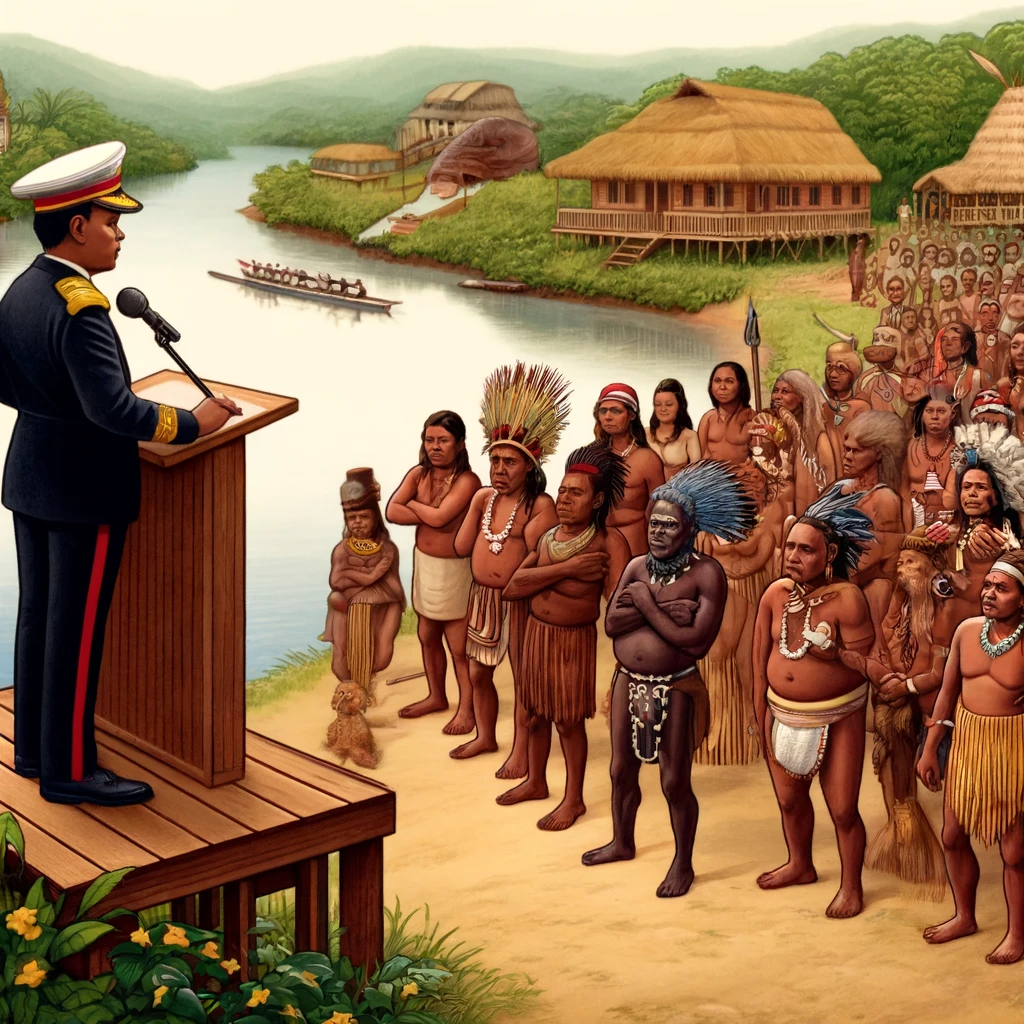We Guyanese have been selling our natural assets to foreigners for five hundred years or more, from red annatto for dyeing cloth, now to oil for powering vehicles. On 01 December 2022, the government announced a new version of a scheme for monetizing our forests – ‘jurisdictional forest-based carbon credits’. This idea has been tried before in other forms, at least since McKinsey’s proposal for replacing 90 per cent of Guyana’s natural tropical rainforest with rice fields and oil palm plantations, a proposal to the then-President Bharrat Jagdeo in 2008.
The new scheme has evolved from work on forest biomass and, later, forest carbon by the US-based Winrock International, partly funded under the Norway-Guyana Memorandum of Understanding (2009-2015). This new scheme is now the intellectual property of Winrock’s ‘Architecture for REDD+ Transactions’ (ART) through its ‘The REDD+ Environmental Excellence Standard’ (TREES), a kind of quality assurance scheme devised by Winrock and audited independently, in the case of Guyana, by Aster Global Environmental Solutions. A recent letter wondered at the appearance of a conflict of interest inherent in Winrock being first the designer of ‘Guyana’s monitoring, reporting and verification (MRV) system of accounting for “past emissions from forests as well as emissions reductions achieved through REDD programs,” and now the organisation that “hosts the secretariat of the Architecture for REDD+ Transactions (ART),” whose standard known as “The REDD+ Environmental Excellence Standard (TREES)” is used to certify that Guyana’s “High Forest Low Deforestation (HFLD)” credits meet the criteria that Winrock has established for putting them on sale on the voluntary carbon market as potential offsets to activities that generate positive emissions elsewhere’. Up to now, neither Winrock nor any of the aforementioned partners has responded to that letter.
We might have expected that this ART-TREES scheme, about ten years in development, would result in a clearly communicated story when the Guyana deal was announced on 01 December 2022. Instead, the ART scheme is actually covered by hundreds of pages in technical language which are difficult to read and understand. The first transaction, which will involve a payment by Hess Corporation of about US $750 million spread over the next eight years by the oil company, is also published in a rather muddled form. There does not seem to be a simple explanation of how this carbon credit scheme works, or who benefits and how, and what this means for the ordinary citizens of Guyana.
In the spirit of Article 13 of our Constitution, I ask our political leaders, their technical staff, the designer Winrock International, the auditor Aster Global, and the 30 per cent buyer Hess Corporation, to clarify in simple language for ordinary Guyanese just what is the nature of the recent sale of 37.5 million carbon credits in three tranches/batches by the Office of the President to Hess Corporation, for a price of perhaps US $750 million. This sale of control over our natural forest assets has taken place with no public discussion or approval after debate by our National Assembly or its sectoral Committee on Natural Resources.
The following big numbers would also benefit from explanation.
Winrock/ART announced that it had issued 33.47 million jurisdictional carbon credits to Guyana for the five-year period 2016-2020. Immediately, Hess Corporation which holds a 30 per cent share in our Stabroek Block offshore oil field reported that it had purchased 30 per cent of those credits, intending to buy 2.5 million credits per year in three batches up to 2030. Vice-President Bharrat Jagdeo explained the sale and here is a table that sets out what was announced.
● Note our assumption that one jurisdictional carbon credit is for one tonne of the greenhouse gas carbon dioxide equivalent (tCO2e) reputedly stored (sequestered) in the natural forests of Guyana by Nature, as a result of natural processes:
● Note that Winrock/ART issued 33.7 million carbon credits but Hess claims to be buying 37.5 million, an unexplained difference.
● Note also that the price for forest carbon set under the Norway-Guyana Memorandum was US $5 per tonne, and that Vice-President Jagdeo has said that that price was too low. However, as our table shows, Hess starts by paying 20 per cent less (USD 4.1 per tonne), so this is hardly the better deal which the Vice-President is claiming.
Vice-President Jagdeo further stated that US$28 million out of the first US$187 million would be placed in the government-controlled Amerindian Development Fund. The Amerindian Development Fund is controlled by the government, not by the Amerindian communities themselves. On what basis is 15 per cent of the income from carbon credits being assigned to the Amerindian Development Fund? How, where and when were the Amerindian citizens consulted? How was the principle of Free, Prior and Informed Consent (FPIC) to which the then-President Bharrat Jagdeo agreed in 2009, applied? Have all the Amerindian communities, and not only their leaders, been informed, and have they agreed, that control of the forest carbon in the forests on their titled and customary lands be passed to the government, apparently with the endorsement of the National Toshaos Council (which has no legal power to do so under section 41 of the Amerindian Act 2006)?
Other unanswered questions include: how have the amounts of forest carbon credits been calculated? What would happen if the trees blow down in storms or are burned up in wildfires? How are Amerindian rights to their natural resources affected by the agreement between Winrock/ART, Hess Corporation and our government?











